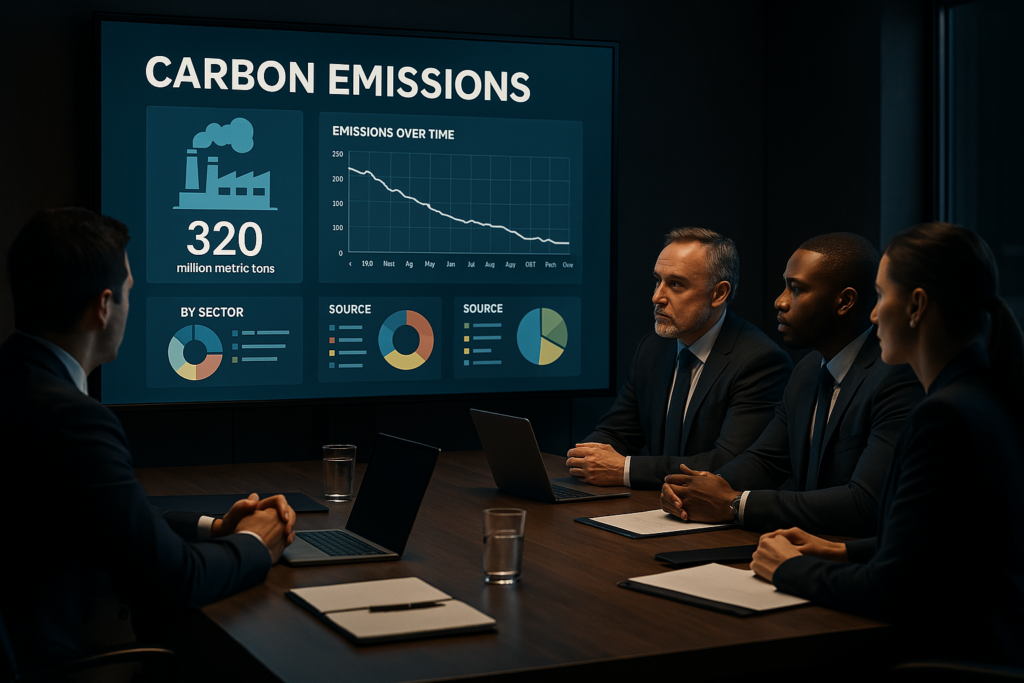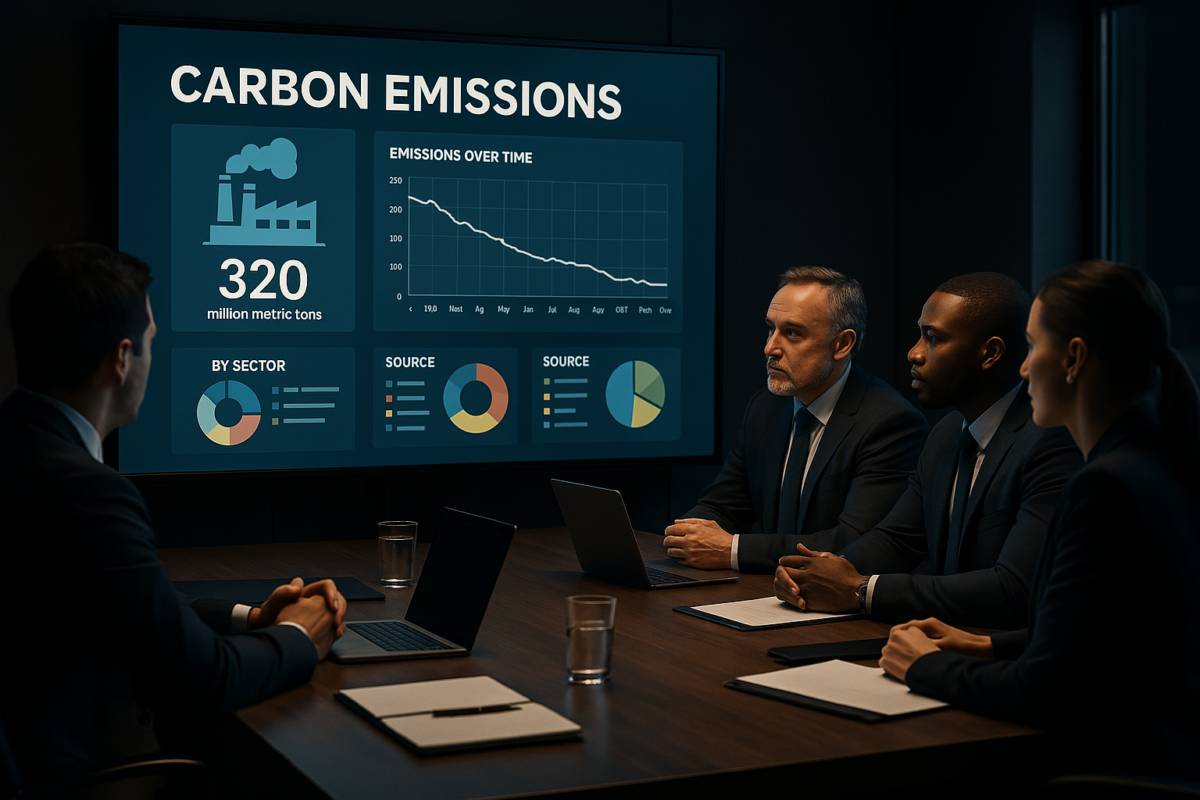Achieving Net Zero: A 2025 Carbon Reduction Guide
Introduction
Achieving net zero is becoming a non-negotiable for businesses. With rising pressure from regulators and stakeholders, companies can no longer afford to delay action. Reducing carbon emissions is no longer just ethical, it’s strategic. This guide outlines practical steps to reach net zero and unlock long-term sustainability in 2025 and beyond.
What Net Zero Actually Means
Net zero doesn’t mean eliminating all emissions. Instead, it refers to reducing greenhouse gas (GHG) emissions as much as possible and offsetting what remains. This requires action across Scope 1, Scope 2, and Scope 3 emissions. While Scopes 1 and 2 cover direct operations and purchased energy, Scope 3 includes supply chains, logistics, and product use, often over 70% of a company’s total footprint.
Why Carbon Accounting Comes First
Before setting goals, companies must measure what matters. Carbon accounting platforms like Persefoni, Normative, and Watershed help calculate emissions at scale. These tools gather data, track reductions, and generate audit-ready reports. In turn, this ensures compliance with evolving frameworks like CDP, TCFD, and CSRD.
Setting Science-Based Targets (SBTs)
Once emissions are mapped, businesses should align their targets with climate science. The Science Based Targets initiative (SBTi) helps define credible reduction pathways. For example, many firms commit to cutting emissions 50% by 2030 and reaching net zero by 2050. Clear targets build trust and accountability.
ALSO READ
Decarbonizing Operations
Internal reduction is the most critical step. Companies can switch to renewable energy, upgrade to efficient HVAC systems, or electrify vehicle fleets. Warehouses, offices, and data centers can also use AI to optimize power usage. As a result, emissions drop while operational savings often rise.
Engaging the Supply Chain
Scope 3 emissions are complex but unavoidable. Businesses must collaborate with suppliers, logistics partners, and vendors. Sharing data tools, offering training, or using blockchain-based tracking can enhance transparency. Many firms now link carbon metrics to procurement contracts, rewarding low-emission partners.
Offsetting the Unavoidable
Not all emissions can be removed instantly. That’s where carbon offsetting comes in. Verified offset programs, like those under Gold Standard or Verra, help balance what remains. However, offsets should never replace real reductions. They are the final step, not the first.
Technology Tools That Make It Possible
Modern sustainability tools turn goals into action. From AI-driven dashboards to ESG data platforms, companies now have access to real-time insights. Forecasting emissions, simulating decisions, and tracking reductions across business units are easier than ever. With the right tech, carbon becomes a controllable variable.
Real-World Examples
Several brands are leading the way. Microsoft aims to be carbon negative by 2030 and is investing heavily in removal tech. IKEA redesigned logistics and packaging for lower transport emissions. Unilever works directly with farmers to reduce agricultural impacts. Each treats carbon as a business metric, not a compliance checkbox.
The Strategic Advantage of Net Zero
Sustainability now drives value. Carbon reduction aligns with cost savings, investor confidence, and brand reputation. Customers trust companies with authentic climate action. Talent prefers employers with purpose. Early movers gain an edge as policies tighten and penalties increase.
Avoiding Common Pitfalls
Many firms fall into traps. Some over-rely on offsets. Others ignore Scope 3 or use generic emissions data. Many treat reporting as a one-time task instead of a real-time process. To succeed, businesses need executive buy-in, quality tools, and a long-term mindset.
Preparing for 2030 and Beyond
The future belongs to proactive companies. Carbon taxes, mandatory disclosures, and supply chain transparency will soon be standard. Those investing now in data, tools, and science-based methods will be ready. In contrast, those waiting may face higher costs and limited options.
It’s Time to Act
Net zero isn’t a static goal. It’s a journey, one rooted in science, driven by data, and fueled by collaboration. By taking bold action today, your company can lead tomorrow’s low-carbon economy.
Call to Action
📥 Download our free Net Zero Toolkit to get checklists, platform suggestions, and roadmap templates tailored for your business’s carbon journey.




